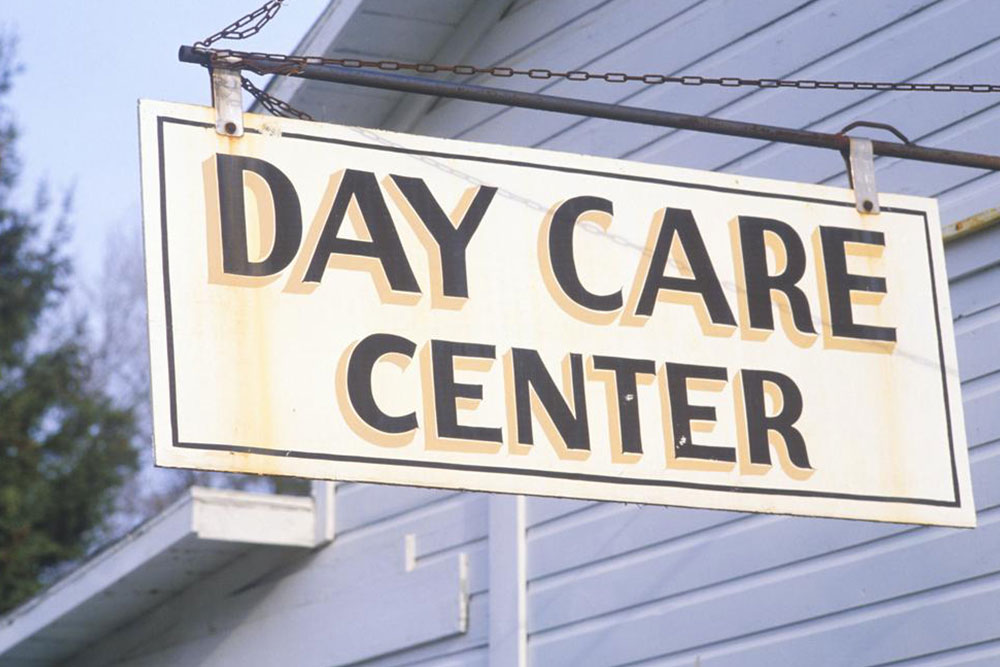Guide to Infant Child Care Options and Costs
This article provides a comprehensive overview of infant child care options, including daycare centers and home-based care, along with key factors affecting costs. It highlights the importance of choosing safe, qualified, and affordable care environments that support infants' development. The piece also discusses regional cost variations and the need for systemic reforms to improve accessibility and affordability for low-income families, ensuring infants receive proper care during their formative years.

Guide to Infant Child Care Options and Costs
Understanding infant child care
Across the country, parents have multiple choices for caring for their infants while at work. Since working parents need income to support their families and save for their children's education, reliable childcare options are essential. Various types of care are accessible, ranging from group daycare centers to personalized in-home care, allowing parents to select what suits their needs best. It’s crucial to research the local childcare landscape, as it isn’t funded by the government in most places.
Most daycare facilities operate with large groups, yet some provide one-on-one attention. Here’s an overview of available infant care options and factors influencing their costs.
Options for infant care primarily fall into two categories:
Childcare centers – These centers offer care in small groups and often include early childhood education. They encourage social development through interaction with peers. Licensing standards vary by state and must be verified before enrollment.
Home-based and family care providers – Many parents prefer a home environment for their infants. In this setup, a caregiver tends to a small group of children, often within the caregiver’s own home, providing a cozy, familiar setting.
Determining childcare costs – Cost factors include:
Location – Expenses differ widely depending on the city, state, or neighborhood.
Type of care – Whether it’s a daycare center or in-home care influences pricing.
Child’s age – Younger children often require more specialized attention, affecting fees.
Duration of care – The hours and frequency of care needed directly impact costs.
Choosing suitable childcare is vital for a child’s growth. When selecting care, consider these key factors:
Caregivers should be loving, attentive, and responsive to children’s needs.
Licensed, qualified staff are crucial, especially in daycare centers.
The environment should be safe, clean, and well-maintained.
Infants require separate cribs, feeding areas, and safe play zones.
Toddlers benefit from stimulating activities such as storytelling and educational games.
A low child-to-caregiver ratio enhances safety and individual attention.
The affordability of childcare
In over half of the states plus Washington D.C., the cost of infant care in centers surpasses college tuition fees.
Approximately 62% of mothers of infants work, yet many cannot afford quality care.
Most toddlers in center-based care (75%) and home-based care (93%) are in settings that may not support optimal development.
Affordable, quality childcare remains inaccessible to many, especially in low-income groups.
Reforms are necessary to make infant care more affordable and accessible for all families.
Note:
Our blog offers diverse insights into childcare and related topics. While our articles are based on thorough research, they should not replace professional advice. Accuracy may vary, and some local schemes or offers might not be included. Readers should consider additional sources for comprehensive guidance.










